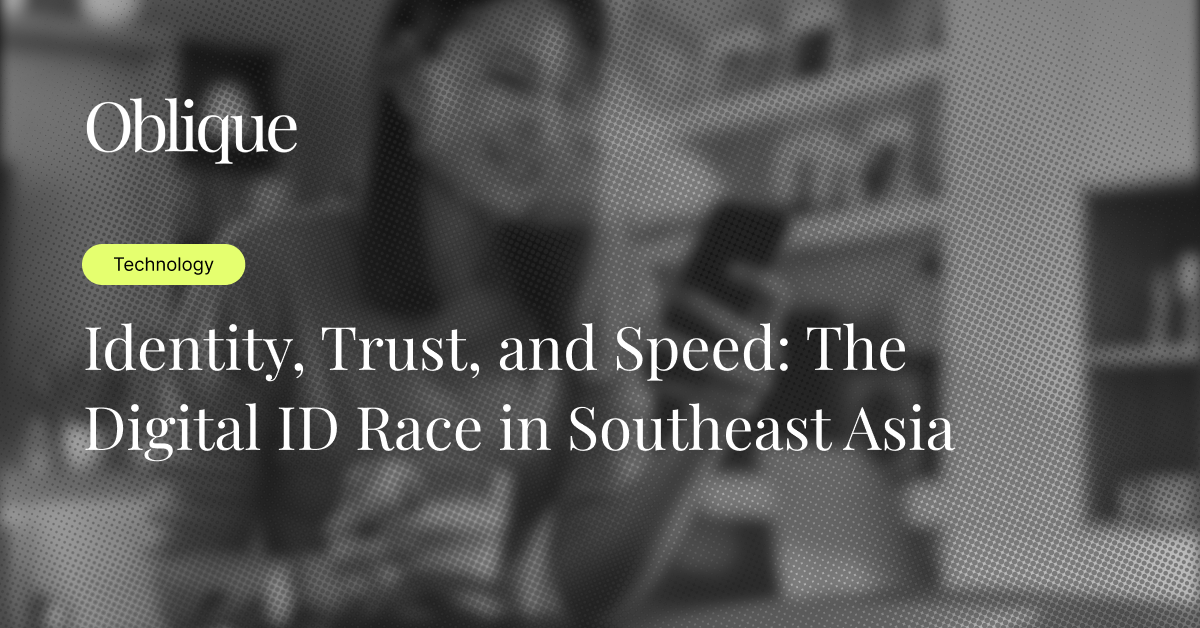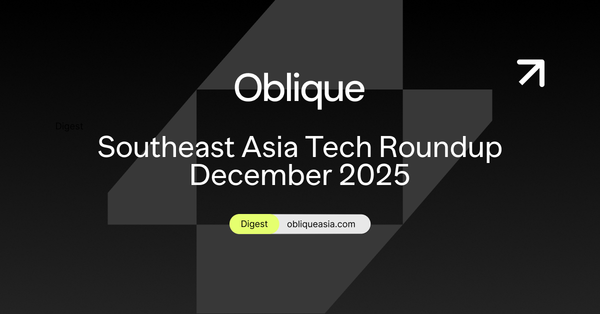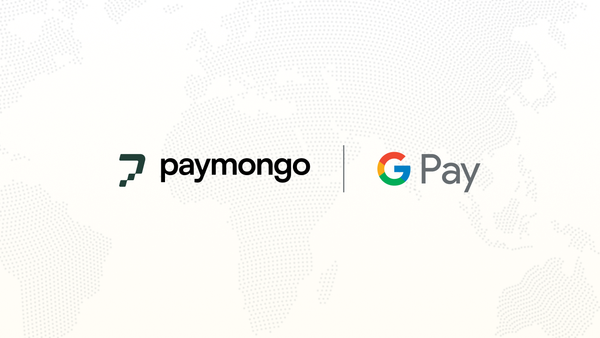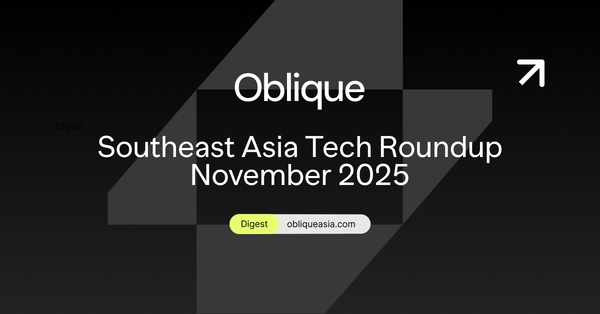Identity, Trust, and Speed: The Digital ID Race in Southeast Asia
Fintech in Southeast Asia can’t scale without trust—and that starts with digital identity. From Singapore’s SGFinDex to Indonesia’s eKYC evolution, here’s how the region is racing to build fast, secure, and interoperable ID infrastructure.

For all the advances in payments and banking APIs, one foundational question continues to block access at scale: Can you prove who you are—fast, securely, and everywhere? In Southeast Asia, the answer is finally becoming yes.
Across the region, digital identity systems are evolving from fragmented experiments into national-scale infrastructure. What started as a way to streamline eKYC is now powering real-time onboarding, secure data sharing, and fraud prevention at scale.
The Digital ID is the cornerstone of trust in modern finance.
The Country Race: Who’s Leading in Digital Identity?
Southeast Asia’s digital ID landscape is uneven—but converging fast. Here’s how five major markets compare:
| Country | Adoption Highlights | Key Platforms |
|---|---|---|
| 🇸🇬 Singapore | Most advanced: unified Financial Data Exchange across sectors | SingPass, SGFinDex |
| 🇹🇭 Thailand | Ambitious: 10M target with 3 major systems; high coordination effort | Mobile ID, D.DOPA, National Digital ID |
| 🇵🇭 Philippines | High registration (84M+), low active usage; trust and utility still developing | PhilSys |
| 🇮🇩 Indonesia | 14M+ users with integration into Open API strategy; room to grow | Dukcapil, Bank Indonesia eKYC systems |
| 🇻🇳 Vietnam | 20M+ users; used for credit, payments, insurance | National ID with integrations into platforms |
Singapore is the clear leader, but what matters more now is how usable and interoperable these ID systems are—not just how many people have registered.
The Utilization Gap: From Signups to Real Use
The big issue? Registration ≠ Utilization.
- The Philippines has over 84 million people registered for its national ID system—yet only ~100 million transactions have occurred through it in total.
- Malaysia has just 1.8 million registered MyDigital ID users.
- Vietnam and Thailand lead in active usage, integrating ID into daily life—from banking to healthcare to insurance.
Why the drop-off? Reasons vary:
- Limited integrations with fintech platforms
- Lack of trust or poor user experience
- Regulatory bottlenecks or siloed databases
Bridging this utilization gap is now the top priority.
Fintechs are increasingly demanding not just identity capture, but identity portability.
Singapore’s Financial Data Exchange: The Gold Standard
Singapore’s SGFinDex offers a glimpse into what’s possible when digital ID is treated as public infrastructure.
With SGFinDex, users can:
- Log in via SingPass
- Access personal financial info from banks, tax, pension, and insurance systems
- Share data directly with fintech platforms and budgeting apps
This model shifts control to users while also creating a single source of identity truth. For builders, it simplifies onboarding, KYC, and customer data enrichment—all with government-grade security.
No PDFs. No waiting days for verification.
Just secure, composable identity infrastructure.
Identity + AI: Real-Time Trust, Real-Time Risk Detection
The future of identity isn’t just digital—it’s intelligent.
AI is now embedded in:
- Facial recognition and liveness checks for onboarding
- Behavioral biometrics (how a user types or moves) for fraud prevention
- Pattern recognition across networks to spot synthetic identities
In Southeast Asia, where linguistic and cultural diversity create additional friction, AI-powered multilingual agents are helping onboard and verify users at scale—especially for insurance, lending, and rural fintech.
As real-time payments and credit rails accelerate, identity must move just as fast.
Final Takeaway
Southeast Asia’s fintech ambitions can’t scale without trust. Digital ID is the unlock—and when paired with AI and APIs, it becomes the most important infrastructure layer no one sees.
For fintech builders, this is the new battleground: onboarding at the speed of money.





